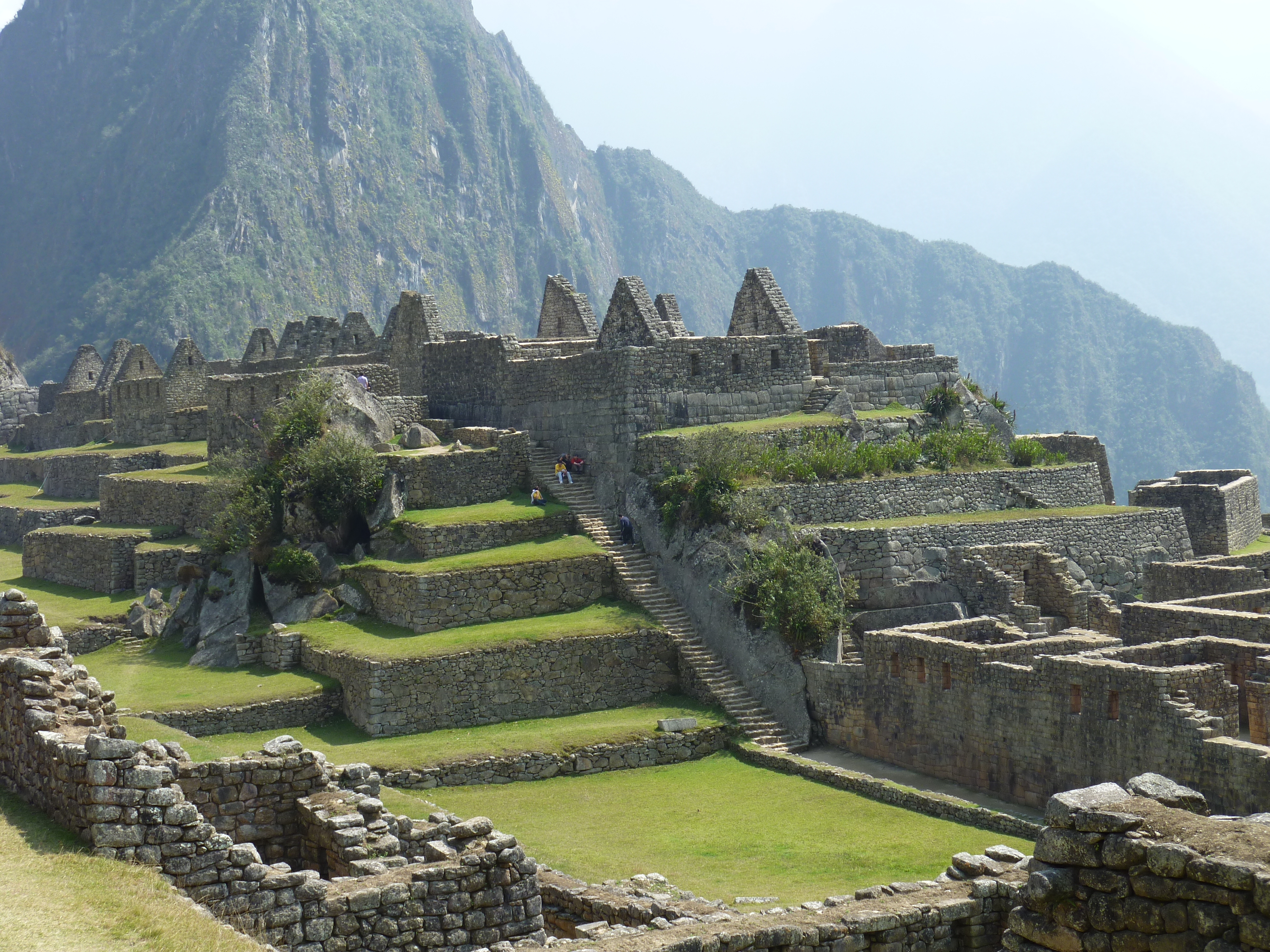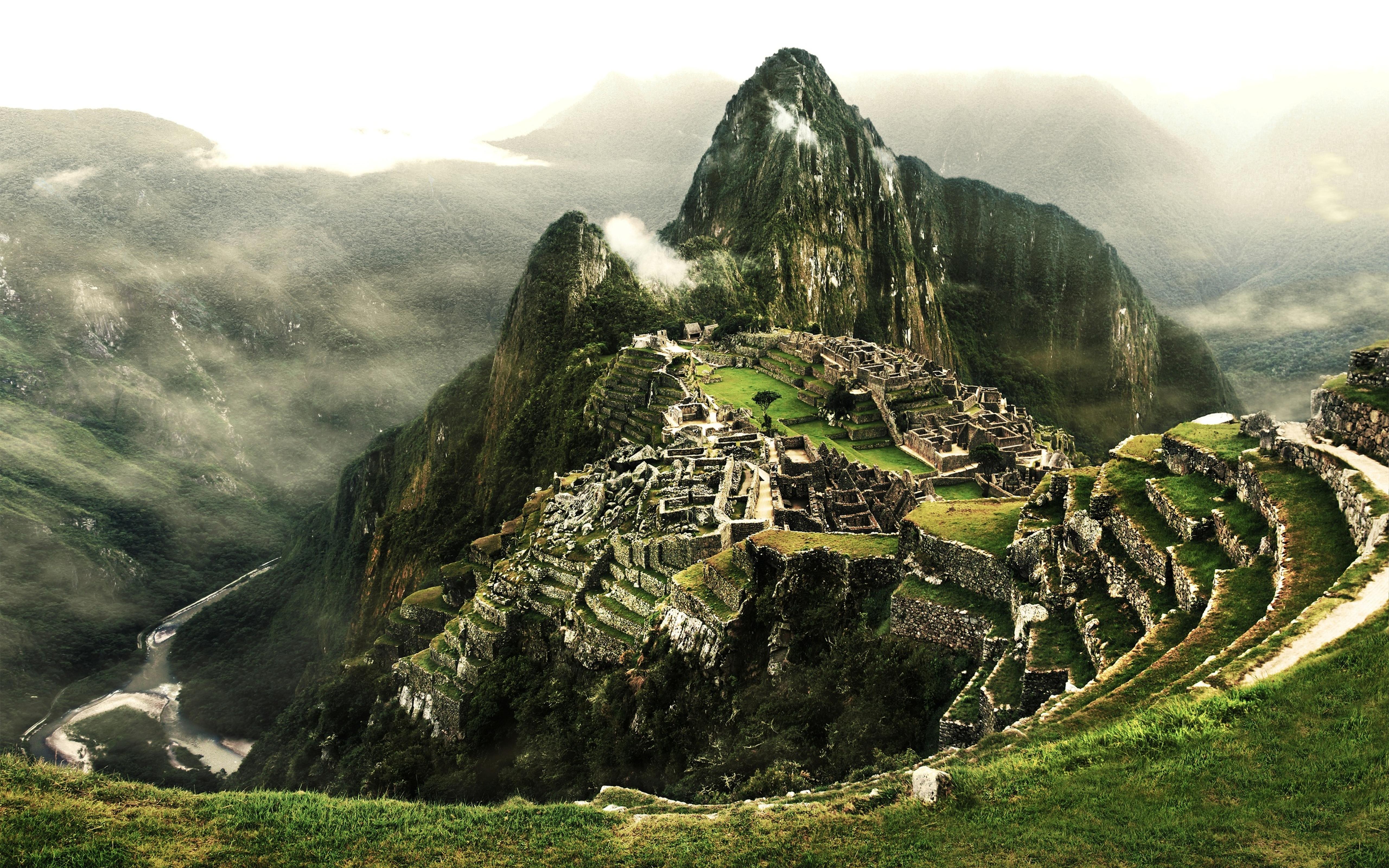The New Seven Wonders of the World: Machu Picchu (Peru)
Machu Picchu: Lost City of the Incas
Introduction
Nestled amidst the rugged Andes Mountains of Peru, Machu Picchu stands as a testament to the ingenuity, engineering prowess, and cultural sophistication of the ancient Inca civilization. This awe-inspiring archaeological site, perched atop a steep ridge overlooking the Urubamba River valley, continues to captivate visitors with its mystical aura and breath-taking beauty. In this article, we embark on a journey to explore the history, significance, and enduring allure of Machu Picchu.
Historical Context
Machu Picchu was built during the height of the Inca Empire in the 15th century, under the reign of Emperor Pachacuti. Believed to have served as a royal estate or ceremonial centre, the city was mysteriously abandoned around the time of the Spanish conquest in the 16th century, only to be rediscovered centuries later by American explorer Hiram Bingham in 1911.
Architectural Marvel
The architectural marvels of Machu Picchu are a testament to the Inca's advanced knowledge of engineering, astronomy, and urban planning. The city is renowned for its meticulously constructed stone structures, including temples, palaces, terraces, and plazas, all seamlessly integrated into the natural contours of the mountain landscape. The precision of the Inca stonework, characterized by massive granite blocks fitted together without mortar, continues to baffle archaeologists and visitors alike.
Cultural and Spiritual Significance
Machu Picchu holds deep cultural and spiritual significance for the indigenous Quechua people of Peru and serves as a sacred pilgrimage site to this day. Believed to be a place of spiritual power and cosmic energy, the city's layout and architecture are aligned with celestial phenomena, such as solstices and equinoxes, reflecting the Inca's reverence for the natural world and their intricate understanding of astronomy.
Tourism and Conservation
Since its rediscovery, Machu Picchu has become one of the world's most iconic and visited archaeological sites, drawing millions of tourists annually to marvel at its ancient wonders. Designated as a UNESCO World Heritage Site in 1983, Machu Picchu also faces challenges associated with over tourism, environmental degradation, and conservation efforts aimed at preserving its fragile ecosystem and cultural heritage for future generations.
Legacy and Inspiration
Machu Picchu's timeless beauty and enigmatic charm continue to inspire artists, writers, and adventurers from around the world. Its designation as one of the New Seven Wonders of the World in 2007 further cemented its status as a global icon and a symbol of human achievement and resilience. As we stand amidst the ruins of Machu Picchu, we are reminded of the enduring legacy of the Inca civilization and the mysteries that continue to surround this lost city in the clouds.
Conclusion
Machu Picchu stands as a testament to the ingenuity, cultural richness, and spiritual wisdom of the ancient Inca civilization. As we wander through its ancient streets, temples, and terraces, we are transported back in time to an era of greatness and wonder. Machu Picchu's legacy endures as a beacon of inspiration and a reminder of the profound connection between humanity and the natural world.
References
- Jarus, Owen (31 August 2012). "Machu Picchu: Facts & History - Abandonment of Machu Picchu". Live Science. Retrieved 16 December 2019.
- "Historic Sanctuary of Machu Picchu". UNESCO World Heritage Centre.
- UNESCO World Heritage Centre.
- escale.minedu.gob.pe – UGEL map of the Urubamba Province (Cusco Region)
- CarlottoCardenasFidel 2009.
- "Machu Picchu". Lexico UK English Dictionary. Oxford University Press. Archived from the original on 28 January 2021.
- "Machu Picchu". Merriam-Webster.com Dictionary.
- "How to say: Machu Picchu". 8 September 2006.
- "Machupicchu o Machu Picchu? ¿Cómo se escribe esta maravilla del mundo?". 5 April 2010.
- Nonato Rufino Chuquimamani Valer, Carmen Gladis Alosilla Morales, Victoria Choque Valer: Qullaw Qichwapa Simi Qullqan. Lima, 2014 p. 70















































